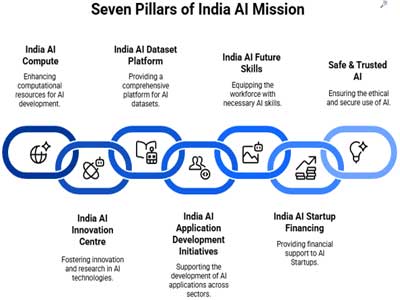As you age, the chance of getting diabetes increases. When you think about it, you probably know someone who suffers from diabetes -- a family member, a friend, a co-worker. The disease isn't selective.
Diabetes can impact anyone, regardless of their social, economic or ethnic background.
What is Diabetes?
Diabetes is a medical condition in which sugar or glucose levels build up in your bloodstream.
Your body turns the carbohydrates in the food you eat into sugar, or glucose. Since carbohydrates are present in varying amounts in most foods, including fruits and vegetables, it's important to monitor the foods you eat. The sugar that's produced goes to the body's cells through the blood to make energy. Insulin is a hormone produced by the pancreas. The pancreas's job is to release enough insulin to move the sugar into your body's cells, where the sugar is used for energy. The insulin acts like a bridge for the sugar to enter your cells and travel to other parts of the body. But sometimes this system doesn't work properly.
Diabetes is caused when your body is unable to create or effectively use its own insulin.
Type 1 and Type 2 Diabetes
In Type 1 diabetes, the body is unable to produce any insulin. The most common form of diabetes is Type 2 where blood sugar levels rise higher than normal. At first, your pancreas makes extra insulin to make up for it. But over time, it can't make enough insulin to keep your blood glucose at normal levels.
When glucose builds up in the blood instead of going into cells, your cells are starved for energy. Over time, the high blood glucose levels may hurt your eyes, kidneys, nerves or heart.
Type 2 diabetes is treated with lifestyle changes, oral medications (pills), and insulin.
Early detection is important. Tell your doctor if you start to experience the following common symptoms of diabetes.
Diabetes Warning Signs
Frequent urination
Excessive thirst
Constant hunger - even though you've eaten
Extreme fatigue
Blurry vision
Cuts/bruises that are slow to heal
Weight loss - even though you are eating more (Type 1)
Tingling, pain, or numbness in the hands/feet (Type 2)
However, the symptoms vary in strength or discomfort from person to person and could also be a warning sign that you have pre-diabetes or "borderline diabetes". Left unchecked, pre-diabetes can lead to Type 2 diabetes.
Risk Factors for Type 2 Diabetes
Overweight/lack of regular exercise
Family history of diabetes
Self-identified as pre-diabetic
Cultural background (African-Americans, Latinos, Native Americans, Asian Americans, and Pacific Islanders are at increased risk)
Over 65 years of age
Previous gestational diabetes
Managing diabetes is a daily challenge to keep blood sugar levels in the desired range. Balancing the food you eat with exercise and medicine (if prescribed) will help you control your weight and keep your blood glucose in the healthy range.


















Related Items
Adults less likely to invest in stocks if they’ve suffered childhood trauma
Spotting common menopausal symptoms in women...
How to take care of children with COVID-19 symptoms?